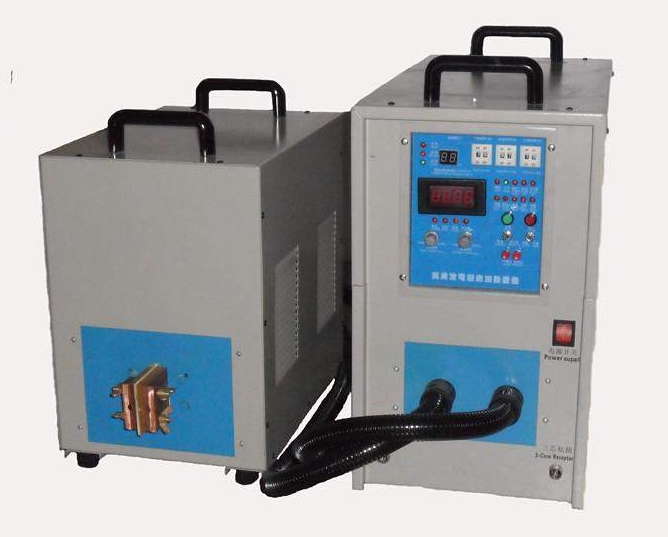- 21
- Dec
High-frequency quenching equipment tempering method
Apparecchiature di tempra ad alta frequenza tempering method
High-frequency quenching equipment uses the skin effect, that is, induction heating technology, to rapidly increase the surface temperature of the workpiece, and the surface temperature of the workpiece can rise to 800-1000°C in a few seconds. With the development of industry, the induction heating technology of high-frequency quenching equipment has been continuously improved, and the application has also been continuously expanded. After the workpiece is quenched by the high-frequency quenching equipment, it needs to be tempered in time to reduce the brittleness of the quenching transition zone, eliminate the internal stress after quenching, improve the plasticity and toughness, and achieve the required mechanical properties. The hardness of the workpiece after high-frequency quenching is higher than that of ordinary quenching, and the hardness is also easy to decrease after tempering. The following editor introduces three commonly used tempering methods here:
1. Tempering in the furnace:
Furnace tempering is the most common method of tempering, and it is suitable for various sizes of workpieces. It is generally tempered in a pit furnace with a fan. The tempering temperature should be determined according to the material of the workpiece, the hardness after quenching and the required hardness. Generally, the tempering temperature of alloy steel is higher than that of carbon steel; the hardness after quenching is lower, and the tempering temperature should be appropriately lowered.
2. Self-tempering:
The so-called self-tempering is to control the cooling time of induction quenching of high-frequency quenching equipment, so that the surface of the workpiece is quenched but not cold through. The residual heat in the quenching zone is quickly transferred to the quenched surface of the workpiece and reaches a certain temperature to make the surface quenched layer Tempered. The change in surface temperature of induction hardened workpieces during self-tempering. Self-tempering is suitable for simultaneous heating and quenching of workpieces with simple shapes.
3. Induction tempering:
Induction tempering After induction hardening of long shafts and sleeves, induction tempering is sometimes used. Induction tempering is usually matched with induction hardening to form an induction heating heat treatment pipeline. After the workpiece is heated by the quenching inductor and cooled by the water spray ring, it is continuously heated by the tempering inductor for tempering.
Compared with the tempering in the furnace, the induction tempering has a shorter heating time and a faster heating speed. The result is a microstructure with a great divergence. The wear resistance and impact toughness after tempering are better than those of the tempering in the furnace. The fire is high.

